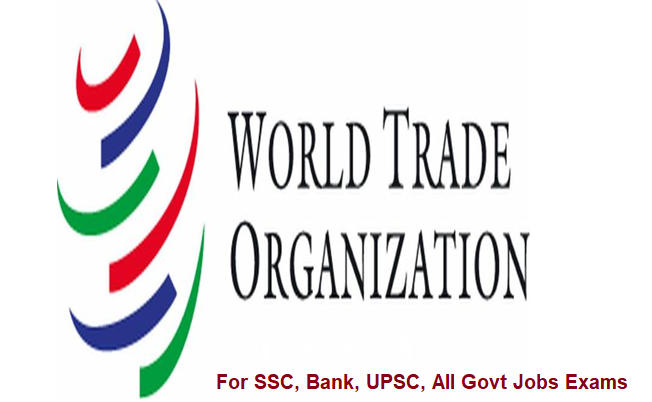Table of Contents
FACTS
Headquarters: Geneva, Switzerland
Purpose: Regulate international trade
Founded: 1 January 1995
Membership: 164 member states
Leader: Roberto Azevêdo
HISTORY
There was failed attempts to create an International Trade Organization proposed by BRETTENWOODS . GATT was created in 30 october 1947 signed by 23 nations. Between 1946 and 1994, the GATT provided a framework multilateral trade negotiations.
Then there was Urugay round of conference lasted between 1986-1994.It was the biggest negotiating mandate on trade ever agreed and thereby ending with the birth of WTO.
The Final Act concluding the Uruguay Round and officially establishing the WTO regime was signed 15 April 1994, during the ministerial meeting at Marrakesh, Morocco, and hence is known as the Marrakesh Agreement
WHAT IS WTO
The World Trade Organization (WTO) is the only global international organization dealing with the rules of trade between nations. At its heart are the WTO agreements, negotiated and signed by the bulk of the world’s trading nations and ratified in their parliaments. The goal is to help producers of goods and services, exporters, and importers conduct their business.
The WTO officially commenced on 1 January 1995 under the Marrakesh Agreement, signed by 123 nations on 15 April 1994, replacing the General Agreement on Tariffs and Trade (GATT), which commenced in 1948.
It is a forum for governments to negotiate trade agreements. It is a place for them to settle trade disputes. WTO is a place where member governments try to sort out the trade problems they face with each other.
OBJECTIVE
The WTO has six key objectives:
(1) To set and enforce rules for international trade.
(2) To provide a forum for negotiating and monitoring further trade liberalization.
(3) To resolve trade disputes.
(4) To increase the transparency of decision-making processes.
(5) To cooperate with other major international economic institutions involved in global economic management.
(6) To help developing countries benefit fully from the global trading system.
DRAWBACKS OF GATT
Basically GATT is a provisional agreement not an organization.
Less developed countries could get only little benefits from GATT. Trade liberalization was confined mostly to the developed countries.
The textile and clothing industries were exempted from GATT.
GATT followed the principle of commodity-based negotiations. Developing countries, mainly exporting primary products could not effectively bargain with developed countries.
ISSUES WITH INDIA
India has been member of GATT since 1948; hence it was party to Uruguay Round and a founding member of WTO. China joined WTO only in 2001 and Russia had to wait till 2012.
Matter of food stockpiles in developing countries is of particular interest to India, which has, through its poorly conceived public distribution system, created a vast stockpile of foodgrain.Actions to add to or trade parts of this stockpile have big effects on world prices and thus can severely distort the market.
Developed countries such as the US, meanwhile, are unwilling to cede India and other developing nations the right to create a food stockpile through domestic procurement in perpetuity.























 WhatsApp
WhatsApp